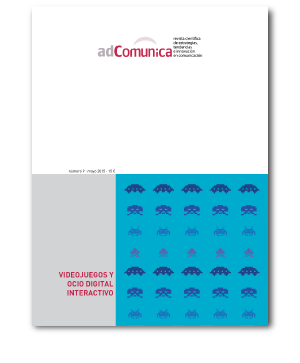Tabletas y <em>smartphones</em>. El diseño editorial obligado a adaptarse a los nuevos soportes informativos digitales
##plugins.themes.bootstrap3.article.main##
Resum
La estructura básica del diseño editorial pensada para medios impresos se ha visto obligada a adaptarse a los nuevos medios informativos digitales. El «ancho por alto», las dos dimensiones básicas, han dejado paso a nuevas fórmulas, donde no solo conviven el texto y las imágenes, sino que deben combinarse ambos elementos con otros nuevos como los audiovisuales y el hipertexto. El diseño ha ganado en profundidad, al tiempo que busca formas de adaptarse a los nuevos soportes, principalmente tabletas y smartphones. De esta forma, las medidas absolutas de lo impreso se han visto sustituidas por las referencias relativas que los diseñadores deben utilizar para realizar una aportación funcional y efectiva en el diseño que, en muchos casos, no se ha aplicado con la efectividad necesaria para conseguir el responsive design, el diseño flexible que requerían los nuevos soportes y las nuevas posibilidades ofrecidas por las web apps y las aplicaciones para tabletas. Había que experimentar con procedimientos basados en prueba y error ante la necesidad de concebir y adaptar el diseño de la publicación a varios soportes y a varios formatos.
Descàrregues
##plugins.themes.bootstrap3.article.details##
1. Política propuesta para Revistas que ofrecen Acceso Abierto
Los autores que publican en esta revista están de acuerdo con los siguientes términos:
- Los autores conservan los derechos de autor y garantizan a la revista el derecho de ser la primera publicación del trabajo al igual que licenciado bajo la licencia CC BY-SA, que permite a otros compartir el trabajo con un reconocimiento de la autoría del trabajo y la publicación inicial en esta revista.
- Los autores pueden establecer por separado acuerdos adicionales para la distribución no exclusiva de la versión de la obra publicada en la revista (por ejemplo, situarlo en un repositorio institucional o publicarlo en un libro), con un reconocimiento de su publicación inicial en esta revista.


